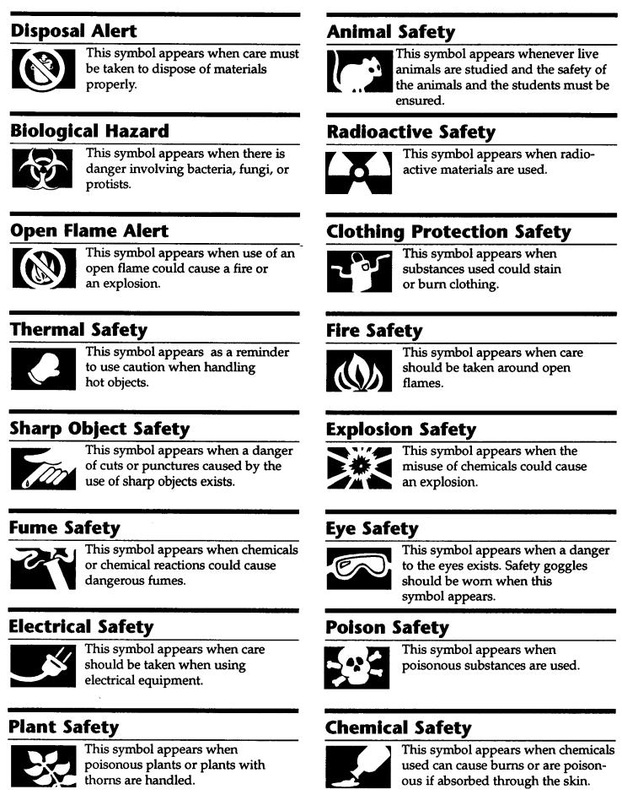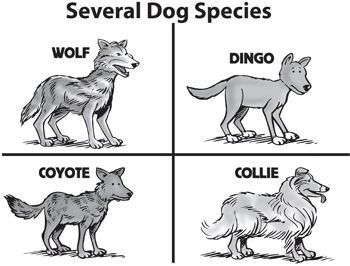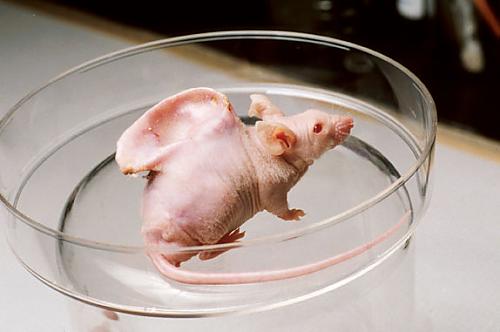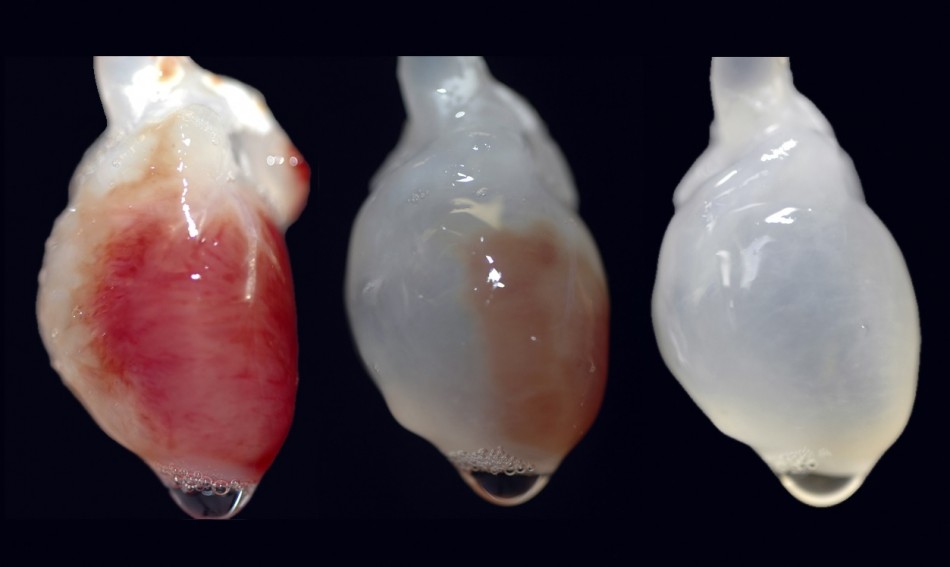Chapter 1.3 Save Sam LAB CLICK HERE
Take 3 minutes to rearrange this engineering method according to what you think is correct.
Communicate
Brainstorm
Test the prototype
Research
Define the problem
Develop a prototype

What method does this resemble?...

Observing—Using the senses or tools to gather information Forming hypotheses
—Ask a question and try to explain observations

Testing hypotheses—Collecting data to support or reject a hypothesis
 Analyzing data—Statistical analysis of data to draw conclusions
Analyzing data—Statistical analysis of data to draw conclusions 
Evaluating results—Data and conclusions are studied to determine whether they are valid
3 misinterpreted words in bio.....
- Hypothesis: hypothesis will give an explanation that will be tested. Ex: If fenders are placed on a bicycle, then the user will stay dry when going through puddles.
- Theory: After hypotheses have been tested many times, with accurate results, they become theories. Ex: Cell Theory
- Law: A law has been widely accepted. This means that it is assumed to be a true and will predict the outcome of certain conditions or experiments. Ex: Law of Gravity

Reading Graphs

Remember the acronym DRY MIX
Dependent Manipulating
Responding Independent
Y-axix X-axis
Control Group Vs. Dependent Variables Vs. Independent Variables
Independent variable—The condition that is manipulated in an experiment; the “cause”
Dependent variable—The factor that is responding in an experiment; the “effect”
Control/Constant—Any condition that is kept the same during an experiment; necessary for determining whether the independent variable produces any change in the dependent variable
Now lets apply this to Biology
- A scientist is testing the effects of medication on the blood pressure of patients.
- A scientist wants to find out how cellular respiration is affected by temperature.
- A scientist is measuring the effect of precipitation on seed germination.
Don't forget to bring product labels which show promotional claims. This is an example of a promotional
claim label... You can either bring the empty container, the label, or even a photo of a household
item which make a particular promotional claim. Oh and by the way...Lysol is already taken so
look for a different product please. #findyourown
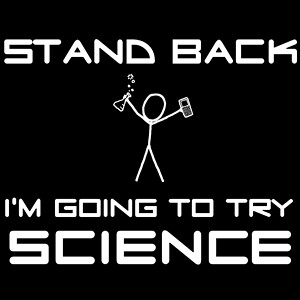
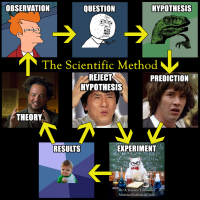







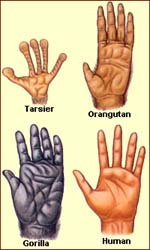


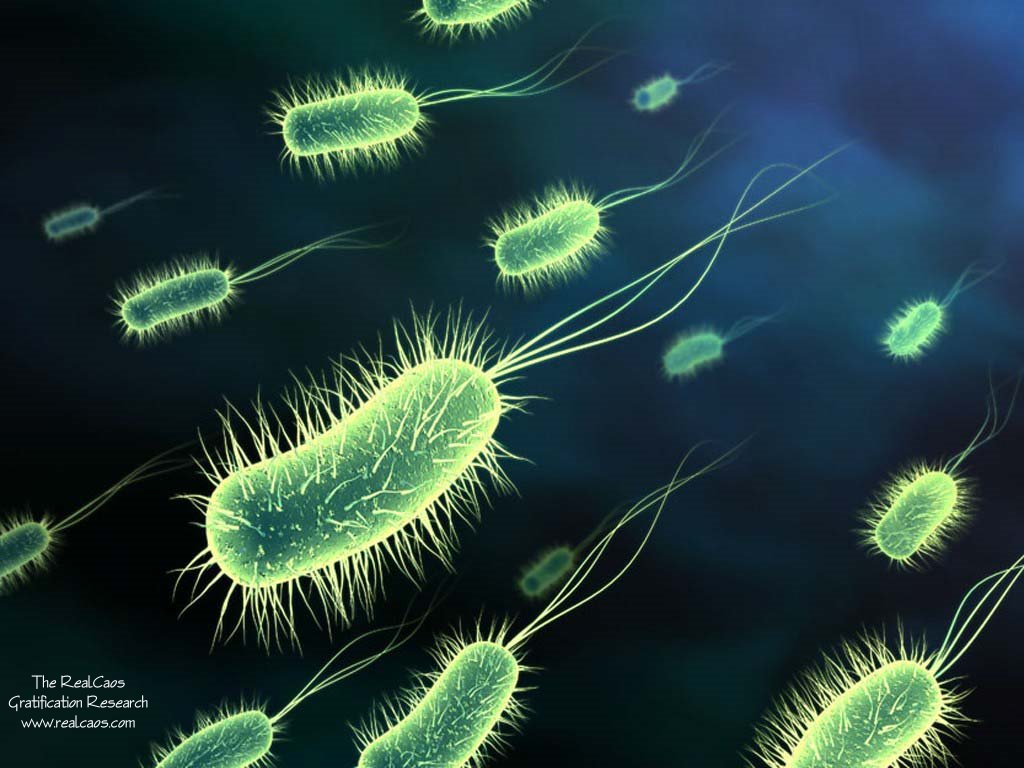


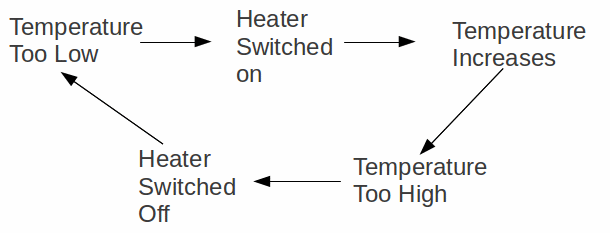

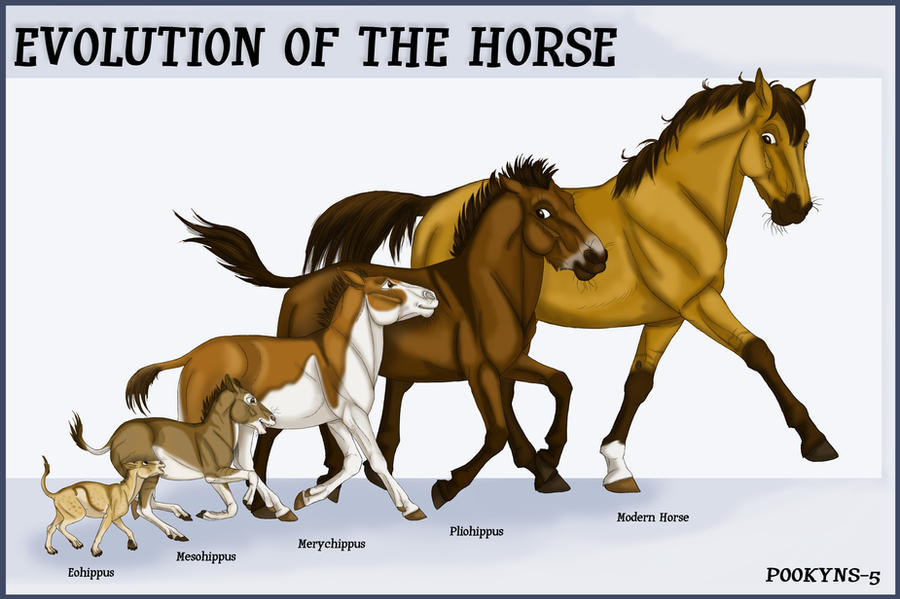




.jpg)

